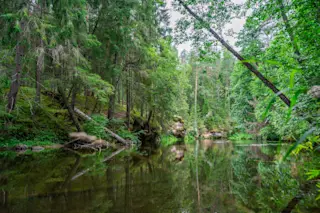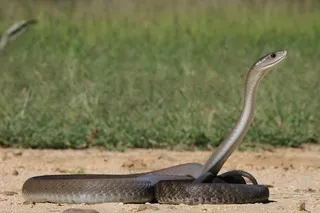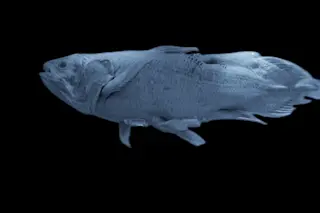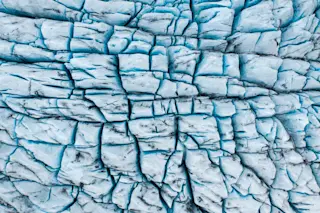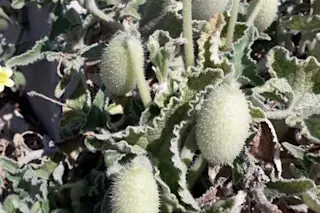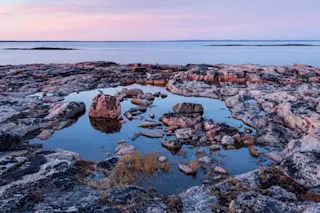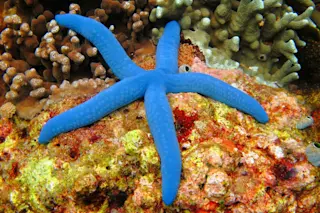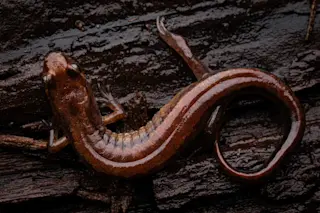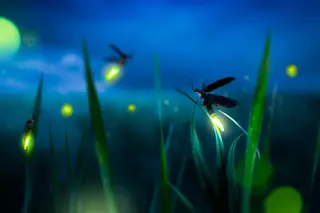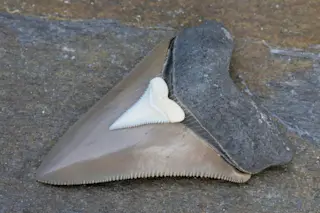The evolution of some of the very species that now mitigate the level of greenhouse gases on our planet was once fatal for a large portion of life on Earth. About 419 million years ago, the evolution of large trees may have led to a series of large-scale extinctions that lasted about 60 million years, according to a a study published recently in GSA Bulletin.
“When we think about mass extinction events, we’re thinking about something that came from the sky, or from space,” says Jessica Whiteside, a geochemist at the University of Southampton in the U.K and one of the study authors. But in this case, the so-called Devonian mass extinctions may have been caused by something under the Earth — roots, in fact.
“These root system act as the very first organic carbon factories,” Whiteside says. “Humans are not the first life form to severely alter the planet.”
...



